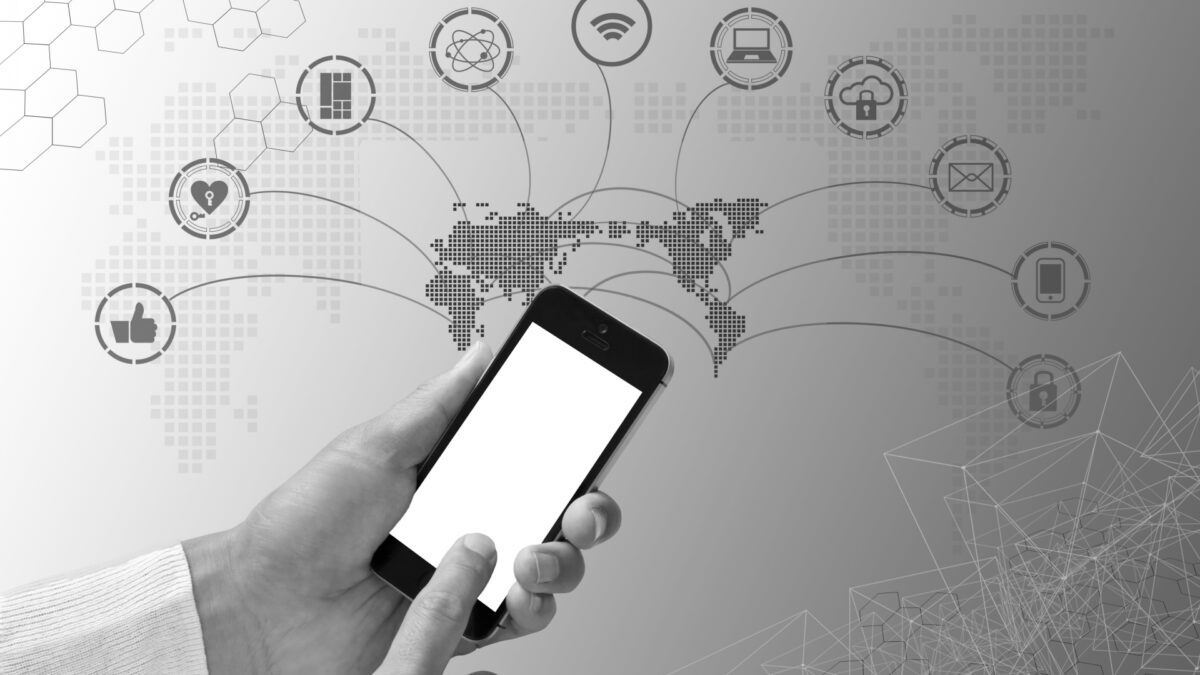The iPhone 17 Air is set to push the boundaries of smartphone design by incorporating electric adhesive battery technology. First introduced with the iPhone 16, this innovation allows for easy battery removal with low-voltage current, paving the way for thinner devices.
As Apple continues to innovate, the iPhone 17 Air could become the slimmest model yet, addressing user demands for both sleek design and enhanced repairability.
The Evolution of Thin Smartphone Design: iPhone 17 Air’s Next Leap

The iPhone 17 Air is set to redefine the concept of thin smartphones, taking the torch from its predecessors. With each new iteration, Apple has pushed the boundaries of what a slim and powerful device can offer. The upcoming iPhone 17 Air promises to be even thinner than previous models, thanks to significant internal engineering improvements. One of the key advancements is the adoption of electric adhesive battery technology, first introduced in the iPhone 16 series.
This technology allows batteries to be attached and detached using low-voltage electric currents, making the devices slimmer without compromising on power or performance. Apple’s focus on minimizing the thickness of internal components, such as batteries, is crucial to achieving this goal. By reducing the space occupied by the battery, Apple has more room to work with other essential hardware, like processors and cameras, while still maintaining the device’s sleek profile.
The iPhone 17 Air is not just about aesthetics, though. Its design caters to a growing demand for lighter, more portable devices that offer the same high performance users expect from flagship models. This blend of slim design and robust technology sets the iPhone 17 Air apart in an increasingly competitive market, where innovation in both form and function is crucial.
Understanding the Electric Adhesive Battery: A Game Changer for Repairability
At the heart of the iPhone 17 Air’s design evolution is the electric adhesive battery technology. Originally debuted in the iPhone 16 series, this innovation revolutionizes the way smartphone batteries are integrated and replaced. The electric adhesive allows for a low-voltage current to detach the battery from the device’s internal frame easily, making repair and replacement significantly more efficient than previous methods.
This is a notable shift from traditional designs, where battery replacement often required specialized tools and professional assistance. With this new technology, users and technicians alike can more easily manage battery replacements, potentially extending the life of the device itself. This aligns with the growing global focus on improving the repairability of consumer electronics, a movement that has gained traction across various regions, including Europe’s stringent battery regulations.
The electric adhesive battery also plays a key role in improving the internal space of the device. By simplifying the removal and reinstallation of the battery, Apple has found a way to reduce the overall bulk of internal components, which is crucial for maintaining the thin profile of the iPhone 17 Air. This technology sets a new standard for the industry, highlighting how innovation in one area can have a ripple effect on multiple facets of smartphone design and user experience.
Environmental Impact: How Apple’s New Tech Aligns with Sustainability Goals
Apple’s decision to adopt electric adhesive battery technology in the iPhone 17 Air isn’t just about enhancing design and repairability—it’s also a strategic move toward greater sustainability. This technology directly contributes to longer device lifespans by making batteries easier to replace, reducing the need for consumers to purchase entirely new devices when the battery fails. This shift addresses a growing concern in the tech world about electronic waste and the environmental footprint of short-lived consumer electronics.
By improving repairability, Apple is also positioning itself to comply with various environmental regulations, particularly those in Europe that mandate easier battery replacement in devices. The company’s efforts to align with such regulations are part of a broader strategy to meet sustainability goals, which include reducing e-waste and improving the recyclability of its products. The electric adhesive battery technology is one example of how Apple integrates environmental considerations into its product design.
Additionally, the move towards longer-lasting devices is expected to reduce the overall demand for raw materials needed to manufacture new phones. With fewer devices being discarded prematurely, Apple can contribute to a more circular economy. The iPhone 17 Air, with its advanced battery technology, represents not just a leap in design but also a meaningful step towards a more sustainable future for the tech industry.
A Glimpse into the Future of iPhone: From 16 to 17 Air and Beyond
The iPhone 17 Air is poised to be a defining model for Apple, serving as a bridge between the innovations of the iPhone 16 and what lies ahead for future iPhone generations. The electric adhesive battery technology, first implemented in the iPhone 16, will now be standard across the iPhone 17 lineup, signifying Apple’s commitment to this game-changing feature. However, the iPhone 17 Air is expected to take this even further, making it the thinnest and most repair-friendly device in Apple’s history.
This shift in battery design is likely to influence not only the iPhone 17 Air but also future products, as Apple continues to prioritize both form and function. As the company refines this technology, the possibilities for even thinner devices with greater internal efficiency become increasingly feasible. The electric adhesive battery, in particular, may pave the way for new innovations in foldable devices or other emerging smartphone formats, offering both flexibility and durability.
Looking beyond the iPhone 17 Air, this trend of integrating advanced technologies to enhance both usability and sustainability suggests a bright future for Apple’s product lineup. As Apple continues to innovate, future models may push the boundaries even further, not just in terms of aesthetics but also in the broader impact on consumer electronics as a whole. The iPhone 17 Air is just the beginning of what could be a revolutionary decade for smartphone technology.
